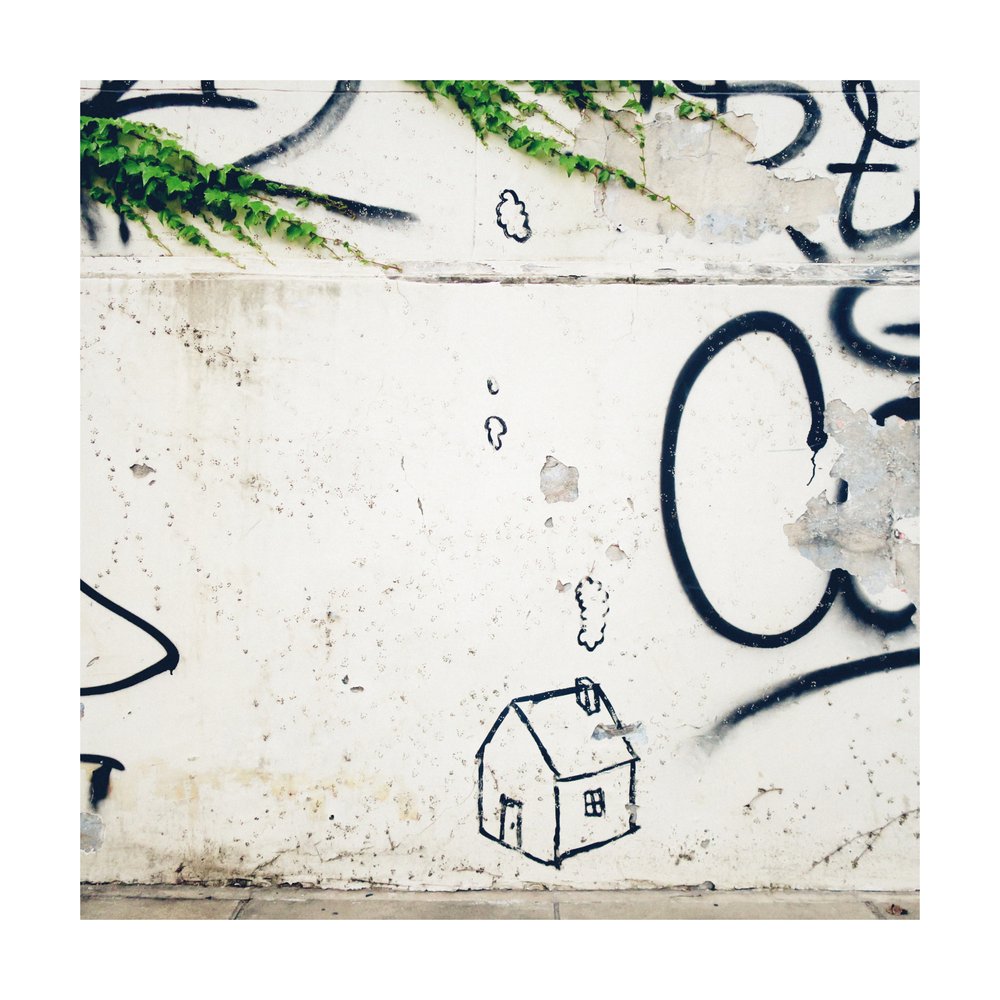The theory goes that all the European languages were once just one. In this guessed-at earliest language, both los and lot refer to dissolution, like the English word loss (old Norse los meant a breaking up of the ranks of an army). Back in time enough, the root of dissolution comes to resemble the source of the word light, whence also luxury, and lust, which in German still means pleasure. And from that same source, we get let, meaning release, neglect and set free
**
There is a picture of Zoe from right after she jumped into a cold pool, gasping
There is a picture of Zoe shielding her eyes from the sun. There is a picture of an insect in the yellow fronds at the center of a big white flower; in the background a dozen giant wet green leaves, flat and sometimes ragged at the edges. There are pictures of pansies, and goldenrods, and Queen Anne’s lace. Of hyacinths Amy can smell when she sees again, Indian paintbrush, and violets, and irises, and yarrow, tiger lilies and lilacs and phlox. A bird’s nest, scraggly in the crook of a dogwood branch.
There is a picture of the plumes on the body of a flamingo that faces away. There are pictures of roadrunners, egrets, woodpeckers, buntings, owls. Killdeer, herons, swans. Cranes, turkeys, peacocks, ducks, geese, blackbirds, blue jays, crows, nuthatches, finches, martins, siskins, hawks. The state bird of Oklahoma, the scissor-tailed flycatcher.
There is a portrait of a goat glancing up at the camera. Dozens of pictures from when the monarchs came to Minnesota in the summer after Amy’s sophomore year: monarchs aloft, monarchs alit on fuzzy light purple-pink thistle buds. Their wings are tissue paper and stained glass, prominent white dots like glints of sun on water. There is a picture of a pelican looking into a lake sprinkled with raindrops, a picture of Zoe blowing a kiss from the couch in the living room, a silver ring on one slim finger. A picture of Zoe sitting beside a rosebush, gazing down at a rose whose perfect outline falls in shadow along the underside of her bare right arm.
There is a picture of Zoe leaping around above a sidewalk; a picture of Zoe sleeping on her stomach with her face pressed into the pale blue sheets; a portrait of a black and blue moth on gray wood siding; a portrait of a rabbit in a sea of bright green grass; a picture of three fat ostrich eggs at two sharp-taloned feet, the underside of a beak swooping in from the side; a portrait of a doe with her ears pricked up; a picture of a rusty Coke can on the riverbank, faded from red to pink; a portrait of a zebra on a carousel; a portrait of Zoe in a field of black-eyed Susans from the far side of the meadow at camp; a portrait of an ugly baby bird in brown leaves with a single green shoot of something standing straight up in the middle; a portrait of Zoe with her leg up on the bench before her like she’s just hurt it, looking like she might cry, labeled in the perfect round letters of Amy’s girlhood: Waluhili, June, 1995.
Once she’s made three neat shining rows of images she takes a big step back. And now, as she surveys her pictures—each so balanced and so beautifully framed—it dawns on her, first, that every picture she has ever taken has been a portrait, and, second, that every portrait is a portrait of Zoe.
Every picture is a portrait of Zoe because Amy’s intentions as a photographer have never wavered, although she herself had never known of them till now
What she wants—what she’s always wanted—is to capture and to fix forever the presence of her sister, to contain her, to never let her go, or break, or even change. Whatever animal or bird, whatever butterfly or flower, whatever street, whatever car, whatever house has captured her eye, it has only done so insofar as it has featured some component of Zoe—some mood, some shape, some angle, some quality of glance. There were never really any action shots. And that seamless series of gestures that Amy performs, cradling the camera in her left hand, is always just one gesture: an attempt at a hermetic, time-repellant embrace.

